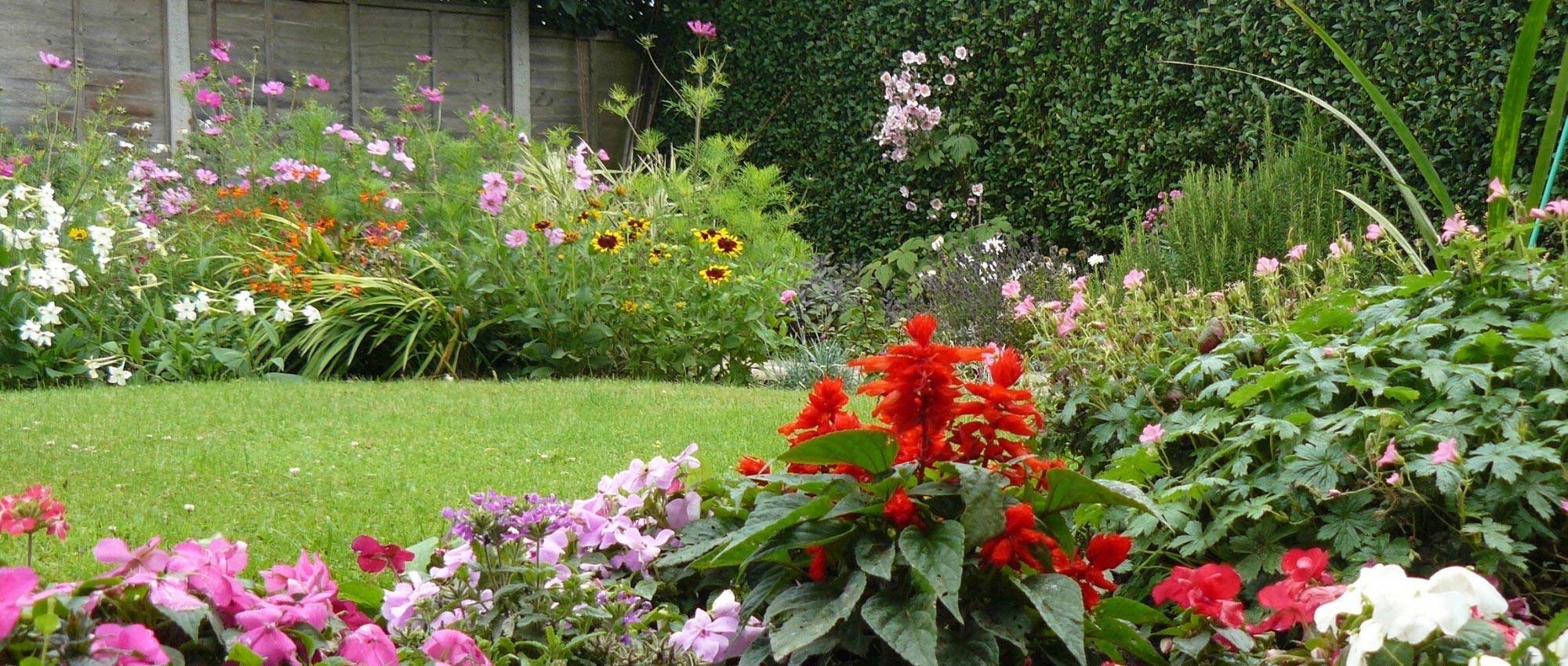
Planting density: everything you need to know
How many young plants should you plant in a flower bed? All our tips!
Contents
Planting density shows how many perennials, trees and bushes to plant in a border for harmonious development, without them crowding one another. It is expressed as follows: x plants/m². This also tells you the appropriate planting distances, allowing air to circulate and rays of sunlight to reach plants. It’s easy to underestimate mature size of plants, especially trees and bushes. If they are too close, they may compete and interfere with one another.
Spacing between trees and bushes makes the difference between a neat, uncluttered garden and a jungle-like garden! You may like both, but the visual effect is completely different. When they are planted too far apart, the result looks empty, sparse and dull. If they’re too close together, the effect is more cluttered and plants are less showcased individually. By observing appropriate planting distances, you’ll achieve a harmonious effect and plants will have room to thrive.
Discover in this guide all our tips on how many young plants to install in a border, and how far apart to plant them!
What criteria determine planting densities?
Planting density depends on habit and plants’ ability to spread. Some grow upwards, while others are groundcover, creeping. Those with a relatively narrow habit can of course be planted closer than those that tend to spread. Bear in mind future development of the bush or plant, its branching pattern and its span at maturity.
Planting distances also depend on visual effect you want to achieve, and on type of maintenance that will be carried out (regular prunings, divisions and weeding, or less frequent interventions). If you plan to prune regularly, you can plant densely, but if you prefer to let trees and bushes adopt a natural habit with little intervention, space them further apart at planting.
In general, greater planting distances are used in graphic or formal gardens, and in Japanese gardens, to achieve a clean, refined and very neat effect, whereas plantings can be denser in naturalistic and cottage gardens to create a wild, spontaneous, natural look.
We usually indicate on our plant pages the planting density to follow for each variety. If you cannot find this information, look for span at maturity of plants you are installing. You can then use half of this span as planting distance. For example, if a bush’s span is two metres, plant it at least one metre from other bushes. This will allow them to develop fully without hindering each other. Likewise, if a perennial has a 40 cm span, you can plant several spaced 20 cm apart. And if you plant two different species, add their spans together and divide by two to obtain planting distance to respect between them!
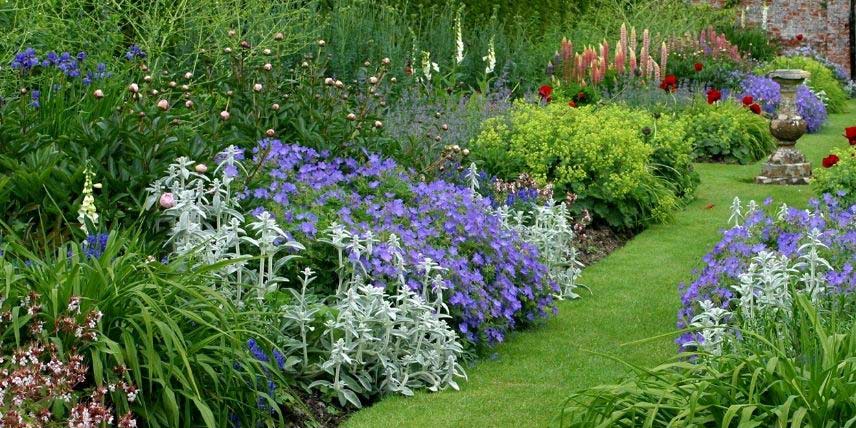
Planting too densely or too sparsely: what are the consequences?
When buying young bushes in small pots, it can be tempting to plant them too close together.
When planted too densely, air circulation is reduced, the atmosphere becomes more humid and confined, and fungal diseases are more likely to develop. Plants may also etiolate (producing long, thin, fragile stems as they search for light). Likewise, the most vigorous plants may smother others, and some are unlikely to survive. In addition, the cost of a very dense bed is much higher than when appropriate spacing is respected!
If you plant perennials close together, you will immediately obtain a pleasing effect, but they will need dividing sooner. Similarly, bushes planted too close will need regular pruning and will require more maintenance.
Also remember that some plants spread naturally over time: bamboos, mint, periwinkle, Rodgersia, persicaria, Aegopodium podagraria… This is generally the case for rhizomatous plants, or plants that produce suckers, such as black locust or Virginia sumac.
Plants do not all have the same vigour: some grow timidly and stay in place, taking a long time to establish and develop, while others quickly tend to spread and escape their intended spot.
If you plant with relatively wide spacing, you will need to prune less, but the visual effect will be less dense, or will take time to achieve. The bed may look sparse and poorly filled at planting, but it will thicken over time, and plants will have room to flourish fully.
Conversely, if plants are too widely spaced, hedges can look bare and less attractive. You lose the benefit of visual screening and windbreak. For perennials, wide spacing leaves room for adventive plants to develop. Soil also dries out more quickly, and watering must be slightly more frequent. At the correct spacing, you obtain a bushy, balanced effect while allowing plants to enjoy good light and avoid root competition.
| Advantages | Disadvantages | |
| Dense plantings | – Achieve pleasing visual effect more quickly
– Less room for adventive plants to develop – Garden becomes lush quickly |
– Plants may hinder one another
– Competition for light, water and mineral nutrients – Will need more frequent pruning or dividing – Higher installation cost for the bed |
| Spaced plantings | – Plants have more room to flourish
– Require less maintenance – Risk of fungal diseases is limited – Economic advantage: lower cost per m² for the bed |
– Will take longer to achieve a lush bed
– Visual effect can seem less natural – Adventive plants may develop – If plants are too widely spaced, bed can look miserable or very poor |
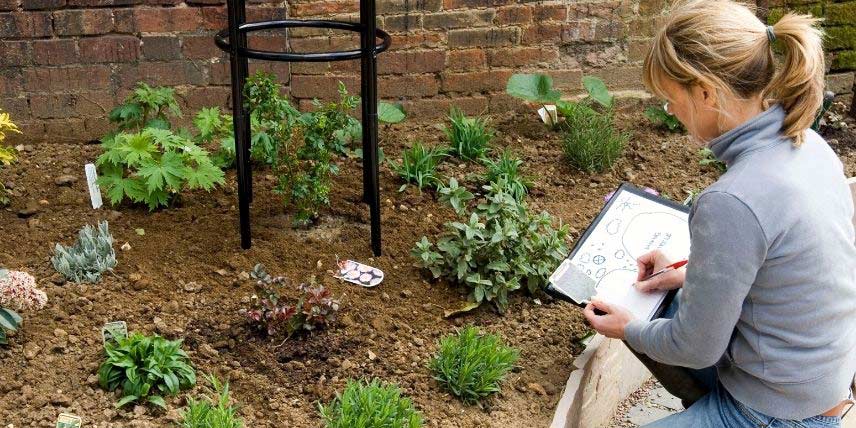
Plants may seem very spaced out at time of bed planting, but they will quickly thicken to occupy all the space!
Discover other Perennials
View all →Available in 1 sizes
Available in 1 sizes
Available in 2 sizes
Available in 1 sizes
Available in 1 sizes
Available in 1 sizes
Available in 1 sizes
Available in 1 sizes
Available in 1 sizes
Available in 1 sizes
What planting distances should be observed?
Planting distance is measured from centre of plant to centre of next plant.
To find spacing between plants, determine density (number of young plants per m²), then calculate area covered by one plant, and take square root of result.
For example, if for a given species density is 5 plants per m²:
1 m² / 5 plants = 0.2 (this means one plant covers 0.2 m²)
√0.2 = 0.45 m = 45 cm
You should therefore maintain 45 cm distance between young plants.
You can also do reverse and work out number of plants per m² (density) from spacing between them:
For example, if 45 cm is kept between young plants:
0.45 x 0.45 = 0.2
1/0.2 = 5 plants per m²
Density allows you to determine how many plants you need to plant a bed. Calculate bed area in m² by multiplying its length by its width, then multiply that area by density of plant you want to plant.
Here is a table to guide you in planting perennials at correct spacing:
| Density | Spacing between plants |
| 1 plant per m² | 1 m |
| 3 plants per m² | 58 cm |
| 4 plants per m² | 50 cm |
| 5 plants per m² | 45 cm |
| 7 plants per m² | 38 cm |
| 10 plants per m² | 32 cm |
| 15 plants per m² | 25 cm |
| 20 plants per m² | 22 cm |
| 30 plants per m² | 18 cm |
| 50 plants per m² | 14 cm |
- Subscribe!
- Contents
































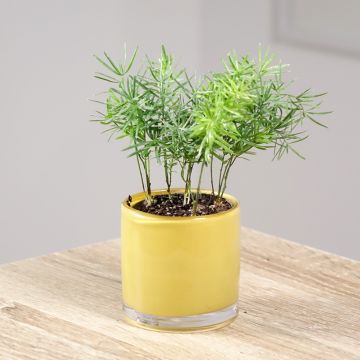
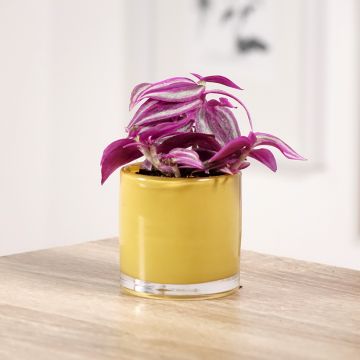
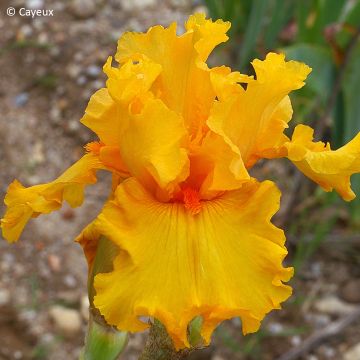

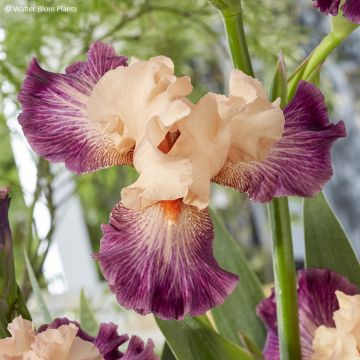

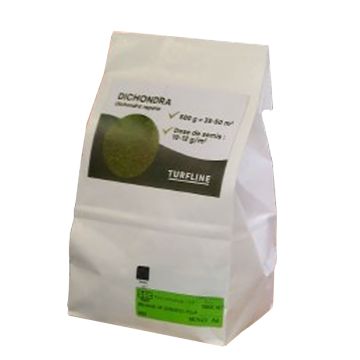
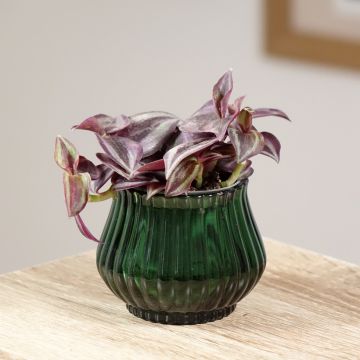

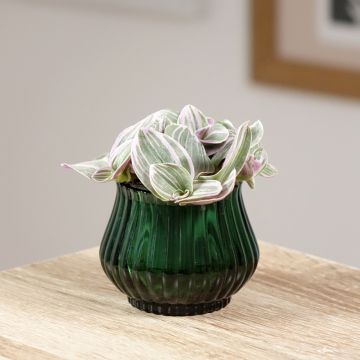
Comments